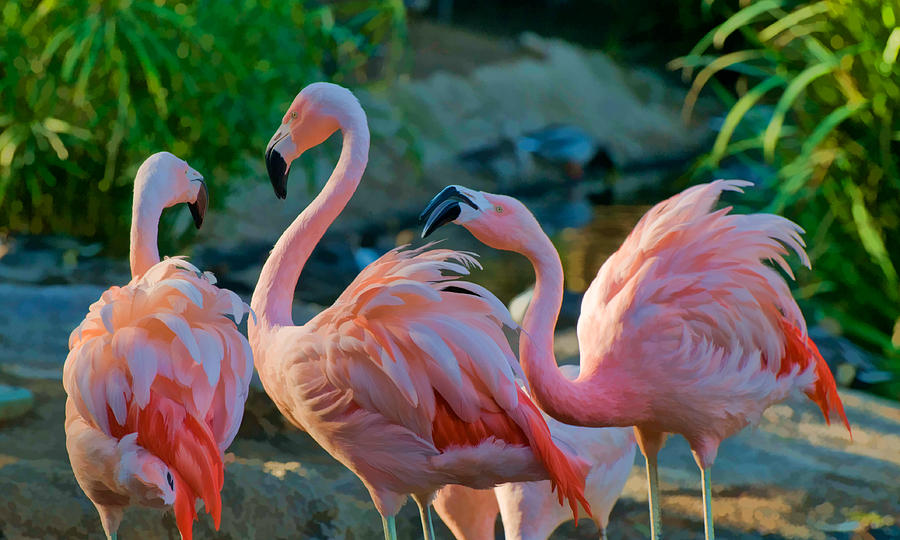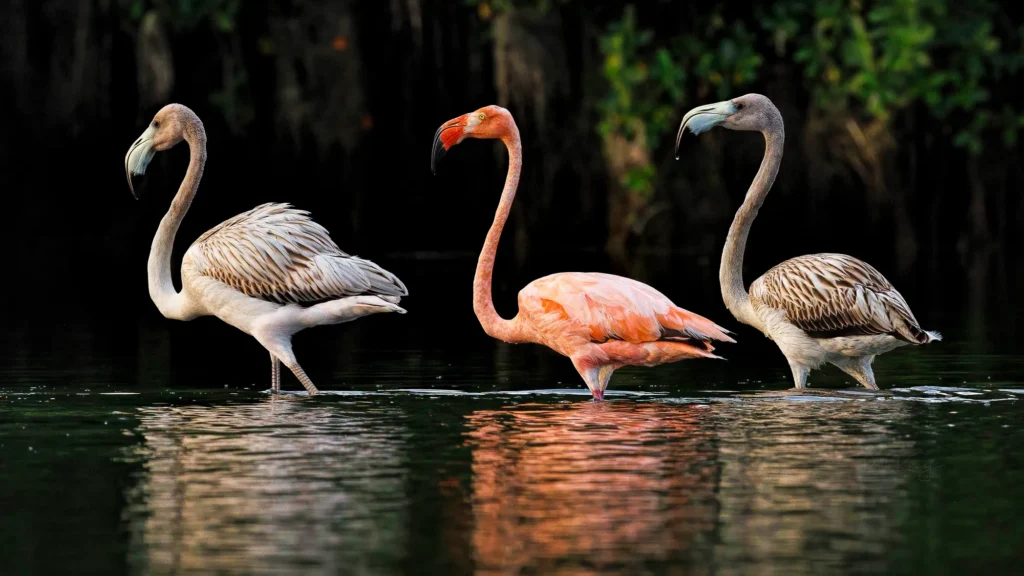Newsmatro

Hurricane Idalia has brought a surprising sight to the Eastern United States: flamingos. These iconic pink birds have been showing up in various states along the East Coast, including Florida, Alabama, South Carolina, North Carolina, Ohio, Tennessee, and Virginia, following the passage of Hurricane Idalia.
Initially, the flamingos began appearing in Florida, on both coasts and the northern Gulf Coast, as Hurricane Idalia made its way through the region. However, within three days of the hurricane’s landfall, sightings of these colorful birds had expanded to several other states.
Birdwatchers and ornithologists were treated to a spectacle as they estimated seeing more than 150 flamingos along the Bolivar Peninsula in Texas, with over 70 reported sightings in Florida.
This unexpected influx of flamingos sparked excitement in the birding community, leading to a flurry of comments and social media posts as bird enthusiasts shared news of their sightings.
While it’s not unusual for birds to be displaced by hurricanes and end up along the coasts, this event is particularly noteworthy due to the sheer number of flamingos and the wide range of states they’ve been observed in.
Researchers have traced some of the flamingos back to Mexico’s Yucatan Peninsula, where Hurricane Idalia lingered for several days before moving into Florida. These elegant birds, known for their long legs and pink plumage, are native to Florida and have become more commonly seen in recent decades.

Avid birders seized the opportunity to witness this rare event, enduring challenging weather conditions and strong winds to catch a glimpse of these unexpected visitors.
Bird experts have offered theories about how the flamingos ended up in Florida. Some suggest that the birds were caught up in the storm’s winds, while others believe they may have been trying to fly around the hurricane but got diverted.
Regardless of the reason, the appearance of flamingos along the East Coast has generated excitement among bird enthusiasts and the hope that these birds might contribute to the reestablishment of a wild breeding population in Florida.
As this unusual avian event continues to unfold, it serves as a reminder of the unpredictable and fascinating ways in which nature can surprise us.